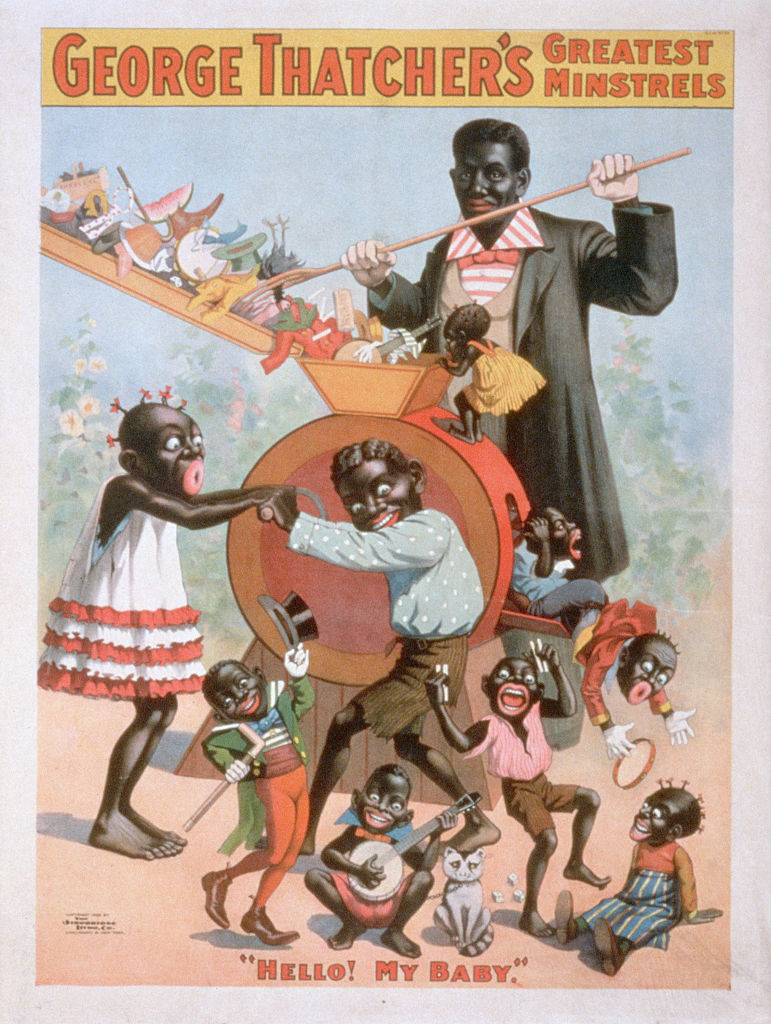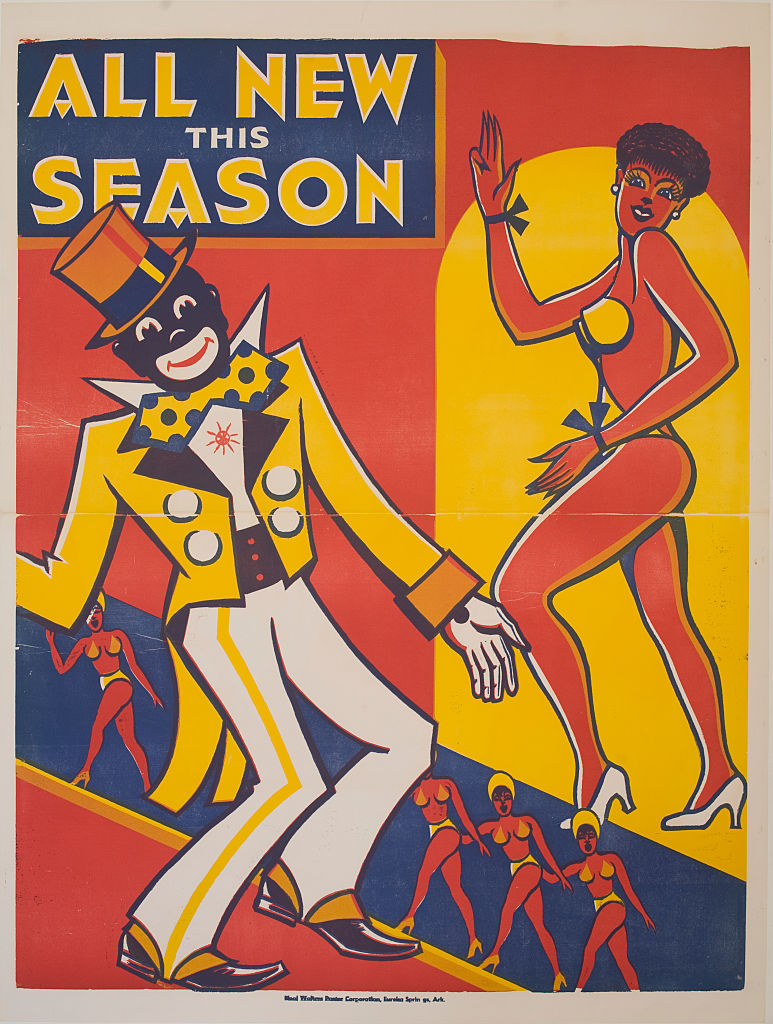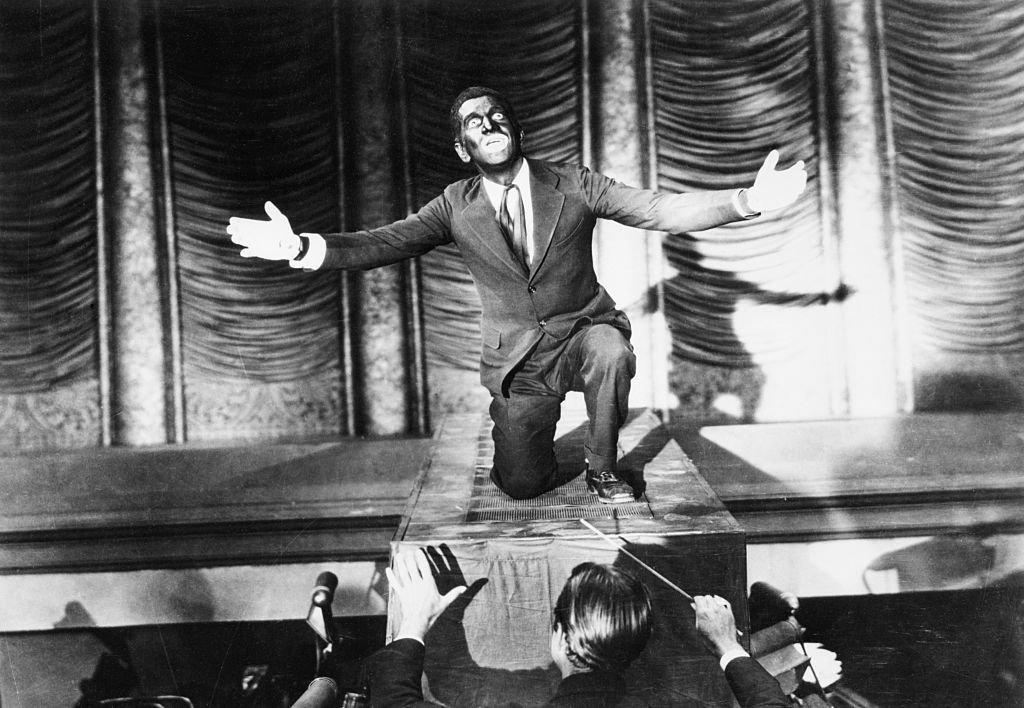Breaking Down The Stereotype: Why Are Black People Lazy?
Breaking Down The Stereotype: Why Are Black People So Lazy?

Source: Library of Congress / Getty
As Black people in America, stereotypes have been baked into our existence. One of the stereotypes that has been the most damaging to Black culture is the stereotype of Black people as lazy. So how did people who were made slaves and forced into manual labor end up being considered lazy?
MORE: Breaking Down The Stereotype: Colored People’s Time Or CP Time
On this edition of Breaking Down the Stereotype, NewsOne dives into the history of this pervasive and damaging notion as we unpack and debunk the lazy stereotype.
Racial stereotypes are defined as constructed beliefs that all members of the same race share given characteristics. These attributed characteristics are usually negative (Jewell, 1993).
Rooted in America’s history of discrimination and prejudice, the idea of Black people being lazy was a way to discredit the contributions of Black people throughout history.
For whites in early America to view themselves as hard-working, educated, and moral, they needed a counter-narrative. So, they stereotyped Blacks as lazy, ignorant, and uncivilized to create an inverse image of who Americans should be and how they should act.
After the Civil War, during the Jim Crow era, White people began using the term Sambo to describe Black Americans. The term was originally derived from the Spanish word Zambo, which is a derogatory word for a person of African descent. It was not only used in conversation but also print advertising and art. Because the term portrayed Black people as less than others, whites were able to use it to justify the inhumane treatment of Black slaves. It also provided a rationale for Jim Crow segregation, which fed into the racist impulses of white Americans.

Source: David Pollack / Getty
According to Encyclopedia, one of the first representations of Sambo appeared in an 1808 short story by Edmund Botsford titled “Sambo and Toney. The characters were portrayed as lazy, ignorant fools who were subservient and linguistically challenged.
In the 1830s, the Sambo stereotype hit mainstream pop culture with the rise of minstrel shows. Minstrel shows help popularize the stereotypes associated with Black people. White entertainers like Thomas “Daddy” Rice would create over-the-top caricatures of Black slaves that used exaggerated mispronunciations to make Black people seem dumb and uneducated, which correlated directly with white stereotypes of Black men.

Source: Bettmann / Getty
By the 1900s, the coon caricature was created, which further perpetuated anti-Black sentiment among white Americans. Coon is an abbreviation of raccoon, which is meant to dehumanize Black people.
According to the Jim Crow Museum, the coon was portrayed as a lazy, easily frightened, chronically idle, inarticulate, buffoon.
Although very similar stereotypes, coon and sambo were different in important aspects.
From: Jim Crow Museum:
The coon differed from the Sambo in subtle but important ways. Sambo was depicted as a perpetual child, not capable of living as an independent adult. The coon acted childish, but he was an adult; albeit a good-for-little adult. Sambo was portrayed as a loyal and contented servant. Indeed, Sambo was offered as a defense for slavery and segregation. How bad could these institutions have been, asked the racialists, if Black people were contented, even happy, being servants? The coon, although he often worked as a servant, was not happy with his status. He was, simply, too lazy or too cynical to attempt to change his lowly position.
Today, although these terms and stereotypes are looked down upon, they’ve managed to seep into our pop culture and subconsciously continue to perpetuate stereotypes like Black people are lazy.
Politicians often use things like government assistance such as welfare to correlate Black people with laziness. But education is the key to fighting against stereotypes. Understanding why things are the way they are is the first step to fixing the problem. This starts with critical thinking and empathy. No person is inherently lazy because of the color of their skin. I know it sounds like common sense, but sometimes I believe we need to be reminded of this simple fact.
SEE ALSO:
Breaking Down The Stereotype: Why The ‘Black-On-Black Crime’ Myth Just Isn’t True

















